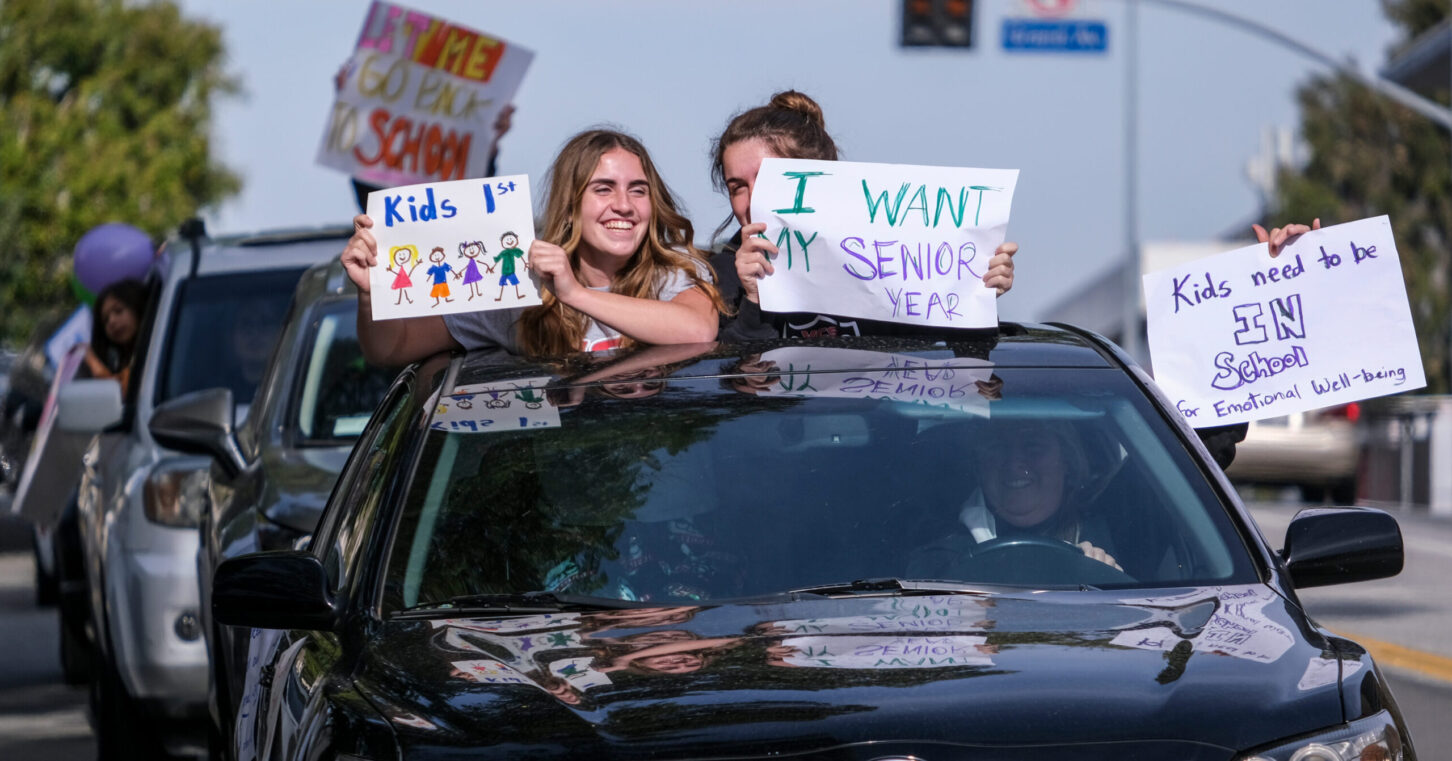
It wasn’t just a blip, or a bump in the road.
For three years now, we’ve known the school closures ordered amid the COVID-19 pandemic were detrimental to student achievement. We’ve observed that the related learning loss was sharpest in places that kept schools closed the longest. And we’ve seen that the reaction of many adults in positions of educational leadership, including in Georgia, was to move the goalposts so that we no longer compare pre- and post-pandemic test results – as if that makes the problems disappear.
Now we can add this to the list: We know learning loss isn’t getting better.
The latest results from the test regarded as the “nation’s report card,” the National Assessment of Educational Progress, were released this past week. These results refer to tests known as the long-term trend reading and math assessments for 13-year-olds. They are measured nationally, not state by state.
Importantly, these particular NAEP assessments were given just before the pandemic began in the 2019-20 school year, and then again during this past school year. But this long-term trend has been measured since the early 1970s. That gives us another look at the full extent of learning loss from the pandemic.
There are many different ways to slice the data, none of them pretty.
In reading, 13-year-old students recorded their worst result since 2004, significantly below students their age in 2008, 2012 and 2020. In math, 13-year-olds had not scored this poorly since all the way back in 1992.
That’s two to three decades of progress, gone.
As we might have expected, the losses were deepest among students who already struggled the most. Consider reading scores. At the 90th percentile, students did the worst since 2012; at the 75th percentile, the worst since 2008. The 50th, 25th and 10th percentiles had the worst scores since 2004.
It looks even worse in math as we go down the achievement scale. The 90th percentile did the worst since 2008. The 75th, since 2004. The 50th, since 1999. The 25th, since 1986. The 10th percentile, appallingly, had not seen such a low score since 1978.
School closures were intended to protect the vulnerable. But with these results, and no sign of reversal anytime soon, we can see that the most vulnerable, academically, were the hardest hit.
Among the many ways that school closures changed student behavior for the worse, chronic absenteeism seems to be sticking. During this past school year, the percentage of students who reported being absent five or more days per month – that’s right, per month – doubled from just three years earlier. One in 10 students said they were effectively missing school a quarter of the time.
Keep in mind, this came at a time when the pandemic officially ended. Why, then, would students act as if attending class was optional?
Because the behavior of the adults who kept schools closed far longer than necessary told them attending class was optional. That’s why.
If ever there was a time to embrace dramatic changes to the way we approach education, this is it.
Maybe that’s why we have seen a sharp uptick in the number of states embracing education options for families. The latest one, proving it isn’t just a red-state phenomenon, is Pennsylvania. There, Gov. Josh Shapiro, a Democrat, told Fox News this past week that he supported giving families options because “every child of God deserves a shot … And one of the best ways we can guarantee their success is making sure that every child has a quality education.”
By the way, for those who have opposed a similar proposal in Georgia to create Promise Scholarships, Shapiro also dispelled the notion that such a program will “take a dollar out of our public schools.” As he said, lawmakers can support public schools financially while also giving families options.
As every new piece of data confirms, the need is great and can no longer wait.